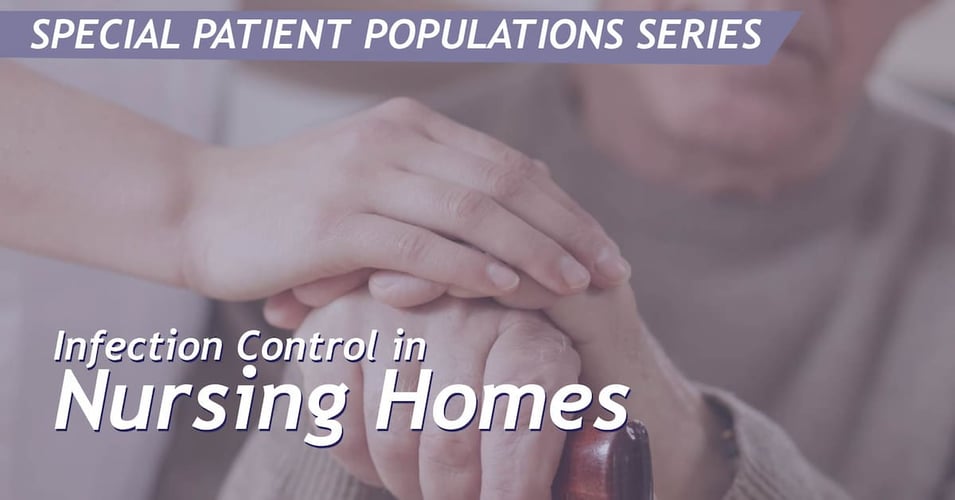Post-COVID: How do we plan for the future?

 In our previous posts in this series, we've discussed the changes brought about by the COVID19 pandemic that we want to see go and those which we want to see stick around. In our final post of the series, we'll present what we learned from the pandemic and need to change before the next one comes. Now that we are all so much more aware that the next pandemic is not an "if" but rather a "when," what more can we do to better prepare so that the next one isn't as medically and economically destructive?
In our previous posts in this series, we've discussed the changes brought about by the COVID19 pandemic that we want to see go and those which we want to see stick around. In our final post of the series, we'll present what we learned from the pandemic and need to change before the next one comes. Now that we are all so much more aware that the next pandemic is not an "if" but rather a "when," what more can we do to better prepare so that the next one isn't as medically and economically destructive?
Nursing Home Safety Some of the earliest and most significantly hit populations were residents of nursing home facilities. When SARS-CoV-2 entered these nursing homes, it spread like wildfire due to the communal living in these spaces as well as the non-stringent infection control protocols. Nursing homes and long-term residential healthcare struggle with infection control even outside of a pandemic: While the residents are vulnerable, the infection control practices are much less thorough compared to other healthcare facilities. We need to reexamine these infection control practices and make necessary changes to ensure that the next pandemic does not result in losing 8% of these residents to a disease outbreak.
Healthcare Disparities Nursing home residents were not the only vulnerable populations to face heavy losses in the pandemic. Black communities have been disproportionally affected by the pandemic, with numbers of cases and deaths often double the rates of non-Black individuals. For example, in Chicago, 72% of the deaths due to COVID-19 were Black people, while only 33% of residents of the city are Black. We must investigate the root causes of this healthcare disparity so that one community does not bear the brunt of a future pandemic. A depoliticized investigation could reveal gaps in healthcare access, needs for community outreach, or infrastructure changes that would protect all our community members.
Infrastructure and Protocols Systemic changes to our healthcare and economic structures are not the only infrastructure changes that will help us in future pandemics. COVID response revealed a need for federal stockpiles, resource distribution networks, and public/private partnerships to respond efficiently to the next pandemic. With lessons learned fresh in our minds, we need to put systems in place that will kick in automatically (and immediately) the next time a potential global outbreak might arrive on our shores. This means continuing to look for emerging threats, but also having procedures in place to manufacture and distribute personal protective equipment, ventilators, or other supplies. This preparation extends to the regional level as well, with the need for contact tracing protocols and other planning to be in place for the next time, so that valuable time is not lost.
Emerging Threats and Potential Vaccines Looking ahead can also help develop needed vaccines faster. We were able to develop a COVID-19 vaccine so quickly in part because there were researchers already working on new vaccine delivery methods as well as on SARS-CoV -1 vaccines. This type of research must continue to receive federal support, even when there is no pandemic. We need to voice our support when cuts to federal grants are being considered, and not let Congress forget the lessons we learned during COVID-19.
This concludes our series on the changes COVID-19 brought to our lives. Some changes we are very ready to do away with right away, but some changes have improved our lives and give us ideas for how to prepare for the next pandemic (or even localized outbreak). Next week, we will summarize these changes in an infographic. What changes do you want to see stick around? What lessons do you think we need to remember for the next time? Add your thoughts to the comments below.
![EOScu Logo - Dark - Outlined [07182023]-01](https://blog.eoscu.com/hubfs/Eoscu_June2024/Images/EOScu%20Logo%20-%20Dark%20-%20Outlined%20%5B07182023%5D-01.svg)





